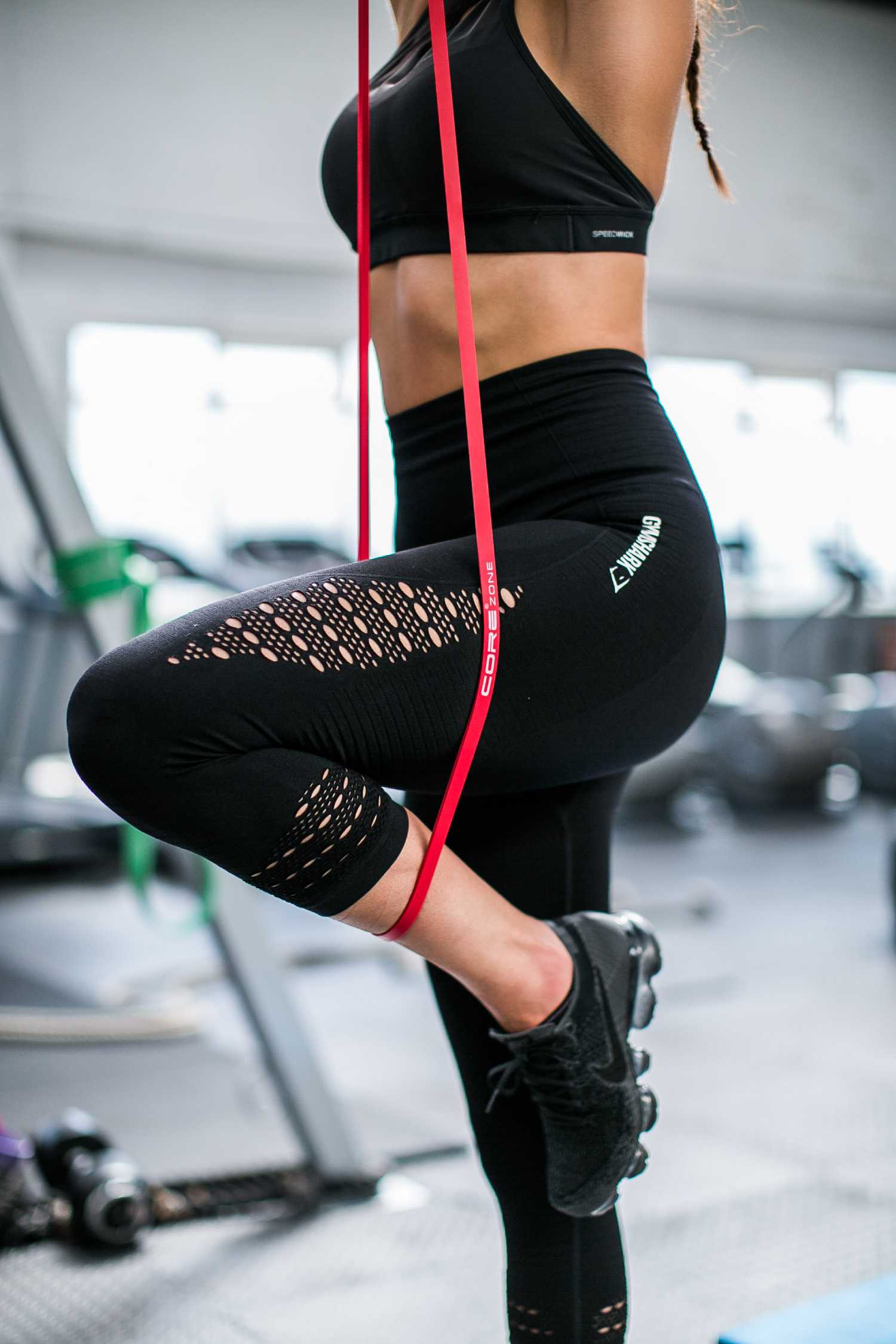Crushing Pull Ups with Pull Up Bands
With the greatest of respect to bent over rows, there is no exercise that is better for your upper back than the pull up. Sadly, the exercise is often too difficult for beginners or even intermediate lifters. Most people can’t perform even a single rep, and very few could perform three sets of ten!
So how can you incorporate pull ups into your routine if you can’t even perform three reps in a row? Well, there are several approaches. You can perform eccentric pull ups (where you focus on just the lowering part of the movement), you can strengthen your upper back using other exercises, or you can use pull up bands.
This article will look at all three approaches, and how you can incorporate each approach into your workout routine. Allowing you to build a bigger, stronger back through an exercise you can perform at home, in the park (via a climbing frame), or in the gym.





Benefits of the Pull Up
Pull ups are the ultimate bodyweight exercise, allowing you to use your own weight as the resistance, working your arms, shoulders, and upper back muscles. There are hundreds of variations, making pull ups easier, harder, and allowing you to target different muscles.
The chin up, for example, is an easier version of the pull up that places more emphasis on the biceps, making it a good arm exercise as well. It is possible to make pull ups much more difficult through the use of a dumbbell between the feet or a weighted vest. Or you can make pull ups easier using pull up bands, and you can target higher rep ranges (beneficial for hypertrophy and muscular endurance).
Pull ups also have another benefit, they are seen as a good show of strength and a demonstration of a good strength to weight ratio. Basically, they are great for showing off in front of people!
What Muscles do Pull Ups Work?
Pulls ups work a number of muscles in the upper body, with particular emphasis on the muscles of the upper back. Here are the muscles that a pull up will work:
Latissimus Dorsi (lats)
Trapezius (traps)
Deltoids (mostly rear delts)
Biceps
Forearms and wrist flexors (grip)
Abdominals
You can change the emphasis on which muscles are targeted by changing your grip. A close underhand grip (chin up) will target the biceps more as well as the traps, while targeting the lats and deltoids a little less. A wider, overhand grip will place more emphasis on the lats and rear delts.
How to Perform a Pull Up
For any pull up, you will need a pull up bar. Most gyms have them, and you can purchase pull up bars for your home (though ensure that they are properly affixed to the wall). Many parks have climbing equipment which you can use. We will now walk you through a standard pull up.
Grab a bar with a double overhand grip, both hands directly above your shoulders, raise your feet off the ground and hang from the bar. Push your chest out and lean back slightly, take a deep breath and then use your arms and back to pull yourself up until your chest is almost brushing the bar.
